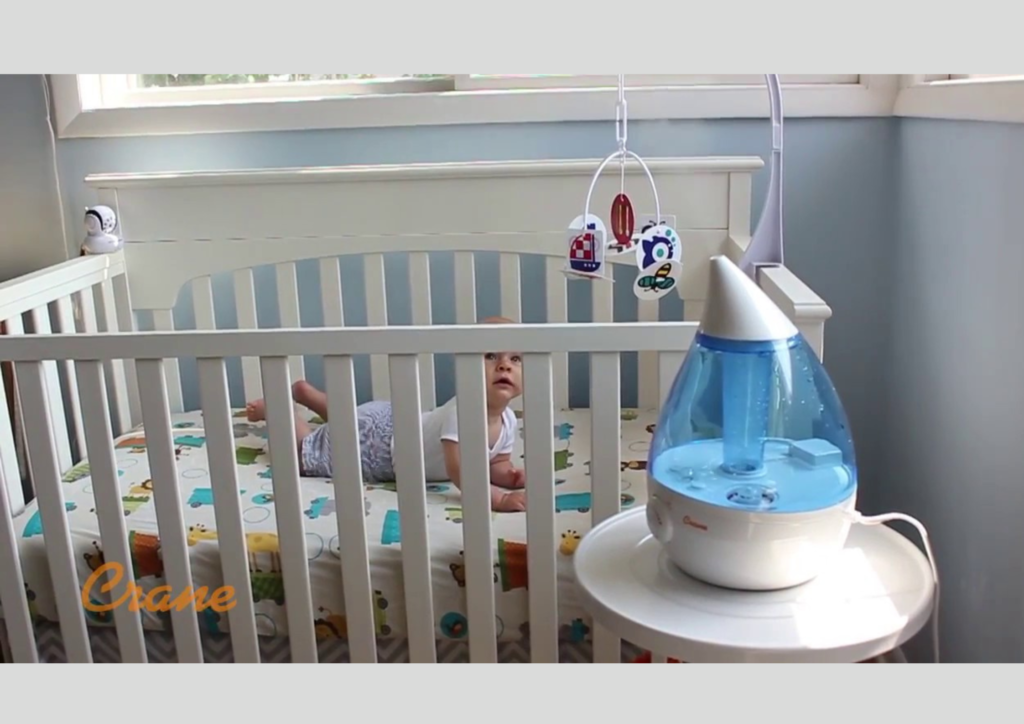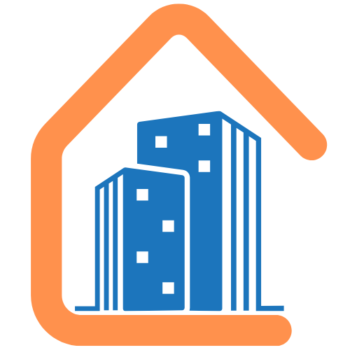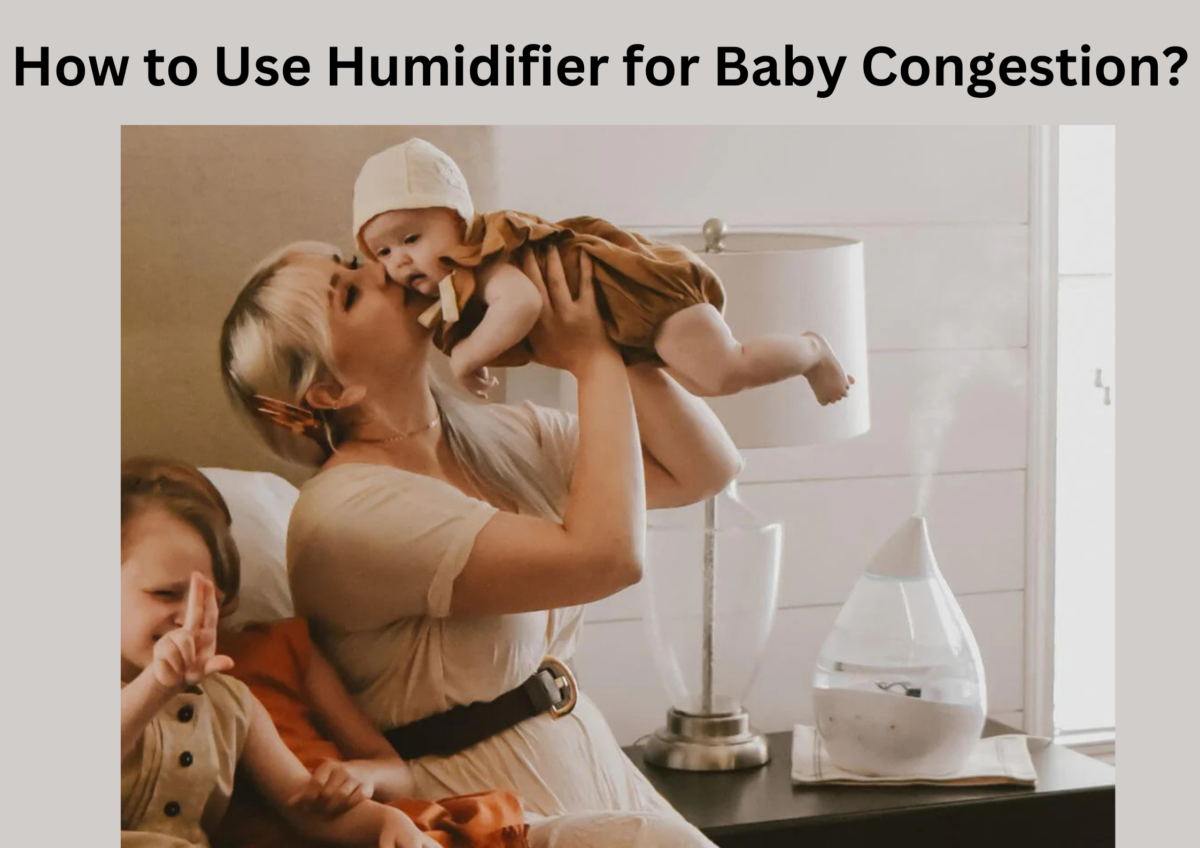Having a baby is a big responsibility for every parent. They always want to give utmost care and a comfortable environment to their baby. The humidity level of the baby’s room should be properly maintained so that they feel comfortable and happy.
The winter days come with dry air which leads to viral illnesses, dry skin, nasal congestion, colds, coughs, etc. A humidifier is a game changer in these cases. It emits moisture into the air and maintains the ideal humidity level of the room.
But, how to use humidifier for baby congestion? This article explains in detail the benefits of using a humidifier in a baby’s room, how to place the humidifier, the ideal humidity ranges for babies, and many more. So read the full article to get a clear idea about it.
How Does a Humidifier Help with Baby Congestion?

If mucus is present in the airways or nasal passages, then it is known as congestion. A runny nose or stuffy nose makes the baby feel congested. With a congested nose, babies face difficulty breathing, breathe noisily rather than casually, and start snoring during sleep.
A humidifier converts water into steam and emits the warm or, cool mist into the air through a spout. This process increases the moisture level of the air. When the baby breathes in moist air, it elevates the dryness of the airways and keeps them hydrated.
According to Jennifer Foersterling, M.D., a pediatrician at Washington University, humidifiers help infants when they suffer from upper respiratory infections or when the surrounding air is very dry.
A humidifier maintains the ideal humidity level of the indoor air i.e., between 40% and 60%. The 3 main benefits of placing a humidifier in the baby’s room are
- Reduces nasal Congestion
A humidifier releases moisture into the air and maintains the ideal humidity level of the air. When the baby breathes in the moist air it helps in thinning the mucus and offers relief from colds, coughs, nasal congestion, etc.
- Improves Their Sleep Quality
As the humidifier releases moisture into the air, it also produces a low soothing hum. The babies love white noise as it resembles the environment of the womb. The easy breathing process and the soothing white noise make them sleep peacefully.
- Prevents Dry Skin
The babies have delicate, thinner, and more porous skin. As their skin is very sensitive, the dry air develops skin issues and makes them dry and itchy. The humidifier restores the optimal moisture of the indoor air and allows the skin to retain moisture.
How to Use Humidifier for Baby Congestion
Place the humidifier near your baby (At least 3 feet away) so that the mist can reach your baby. The mist clears the nasal passageways of the baby and keeps them hydrated. Change the water and clean the tank every day to avoid the growth of bacteria and mold inside it.
Where to Place the Humidifier in Baby’s Room?
- Humidifiers should be placed at the central location of the room and at least a foot away from the wall. Otherwise, the water vapor could accumulate on the wall and lead to the growth of mold and bacteria.
- There should be plenty of open space around the humidifier so that moist air will be evenly distributed throughout the room.
- The humidifier should be placed at least 3 feet away from the crib. If you place the humidifier very close to the crib, it will become overly moist and also cause dampness on the floor.
- It should be placed at a high place so that it’s out of reach of the little hands.
How to Set Up the Humidifier for Optimal Operation?
- For optimal operation, you must use a clean humidifier. Before using it, remove the water tank and clean it properly with mild soap and water.
- Use distilled water for the humidification process which is free of any additives. If your humidifier contains any filter, change it at frequent intervals.
- According to the Environmental Protection Agency, the relative humidity level of the room should be maintained between 30% to 50%. If your humidifier has an auto mode feature, the device automatically regulates its settings to maintain the ideal humidity level of the room.
- Before installing the device, first read the user’s manual book carefully to learn about the specific cleaning and usage instructions.
Ideal Humidity range for babies
According to the Environmental Protection Agency, the ideal humidity range for babies falls between 30% to 50%. The relative humidity level of the baby’s room should be within 30% to 50%.
If you live in a hot and dry climate area, the relative humidity level of the baby’s room should be high. It should be close to 50%. If you live in a humidity area, a lower humidity level is more suitable for your baby. However, before using a humidifier for your baby first consult your pediatrician.
When to Use a Humidifier
- If your baby has a cold, cough, nasal congestion, and stuffy nose a humidifier will help in thinning the mucus and offer relief from nasal congestion. The moisture released by the device helps them breathe easier and makes them feel comfortable.
- Measure the humidity level of the baby’s room by using a device called a hygrometer. If the relative humidity level is very low i.e., less than 30%, then you should use a humidifier that adds moisture to the air and maintains the ideal humidity level of the room.
- If the dry air is making your baby’s skin, eyes, scalp, etc. dry and itchy, you must install a humidifier to keep the baby’s skin hydrated.
How to Clean a Humidifier?
- You should clean the water tank every day to avoid the growth of mold and bacteria in it. Clean it thoroughly by using mild soap, brush, and water, and make it dry before using it.
- Never leave water in the humidifier for a long time. Clean and dry it properly after every use and refill it again when you use it.
- If your humidifier contains any filter then change it at a regular interval to improve its efficiency.
Best Humidifier for Baby Room
| Humidifiers | Coverage Area | Features | Link |
| Dreo Humidifier | 300 sq. ft. | Large water tank Dual Intake High-frequency atomization process Top-fill design Humidifier, Diffuser, and Night light | Click Here |
| LEVOIT Top-Fill Humidifier | 280 sq. ft. | BPA-free water tank 360-degree nozzle Less Noisy Top-fill design | Click Here |
| Frida Baby 3-in-1 Cool Mist Humidifier | 320 sq. ft. | Works as a Humidifier, Diffuser, and Night light Auto stop feature | Click Here |
| Pure Enrichment Humidifier | 250 sq. ft. | Auto shut-off feature 360-degree nozzle Less Noisy Top-fill design | Click Here |
| Vicks Warm Mist Humidifier | 600 sq. ft. | Works as diffuser and humidifier Ultra-quiet operation Top-fill design | Click Here |
| AquaOasis® Cool Mist Humidifier | 400 sq. ft. | Auto shut-off feature 360-degree nozzle Less Noisy Ultra-quiet operation | Click Here |
Conclusion
When your baby has a cold, cough, stuffy nose, nasal congestion, etc. they face difficulty in breathing and feel uncomfortable. The babies cannot feed properly due to the blocked nasal passages. They can’t sleep peacefully and become cranky.
A humidifier emits moisture into the air and helps them breathe better. It clears their nasal passageways and makes them feel comfortable. However, it is very necessary to place the humidifier at a suitable place for even mist distribution and to properly clean the humidifier to get the best results.
Use a humidifier according to the safety guidelines provided by the manufacturer and a pediatrician’s advice.
Also Read
- Warm Mist Humidifier: Types, Uses, Benefits, Working Principles 2024
- Cool Mist Humidifier: Types, Uses, Benefits, Working Principle 2024
- Do Humidifiers Help with Air Quality? 2024
- When Do You Need a Humidifier? 8 Common Signs
- How Do Humidifiers Work? A Complete Guide 2024
- How Humidifier Helps Breathing? 2024
- Humidifier Vs Dehumidifier Vs Air Purifier: Which One Should You Buy? 2024


10 thoughts on “How to Use Humidifier for Baby Congestion? 5 Important Points to Remember”